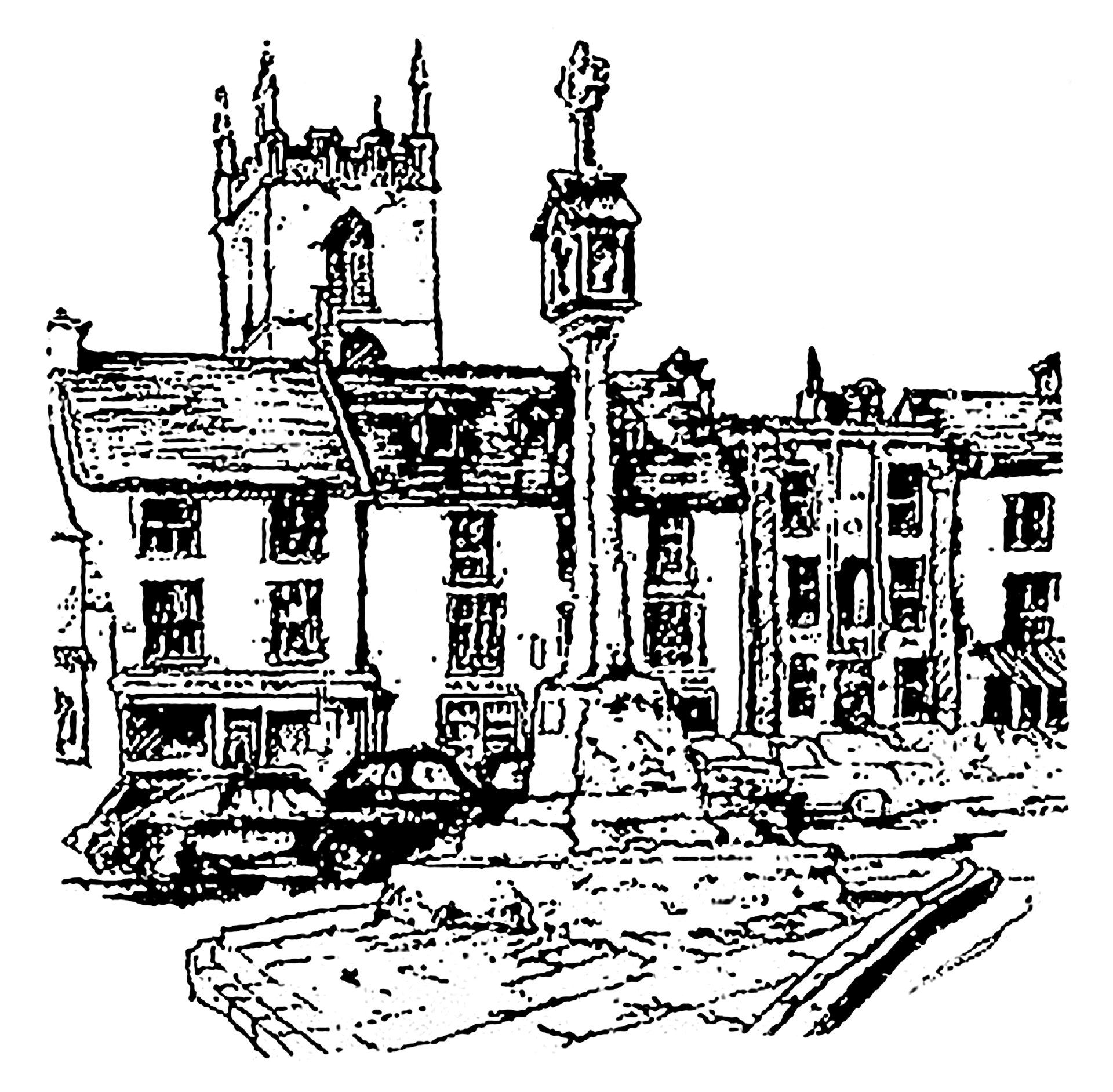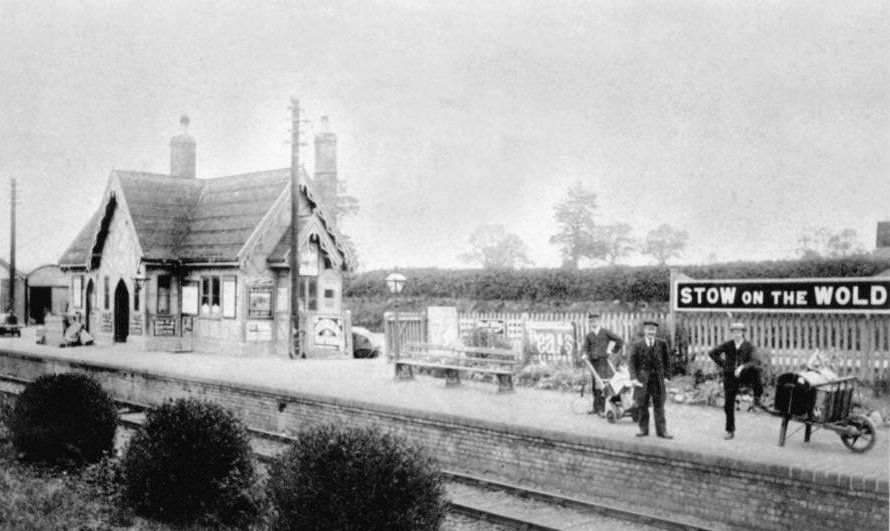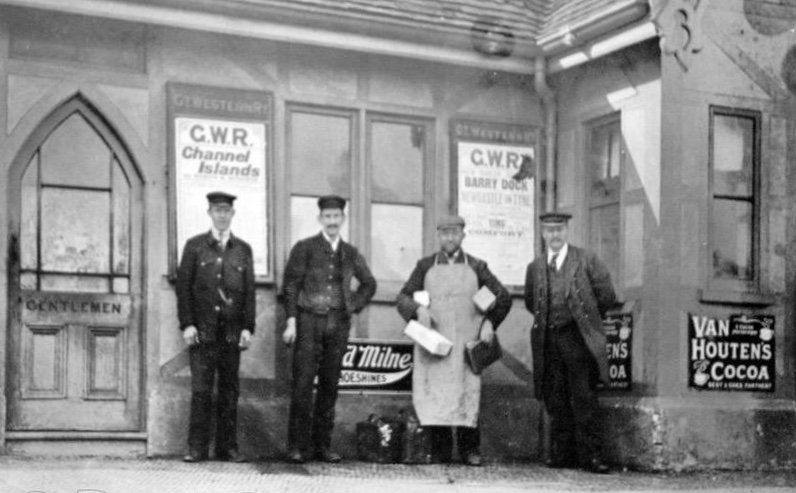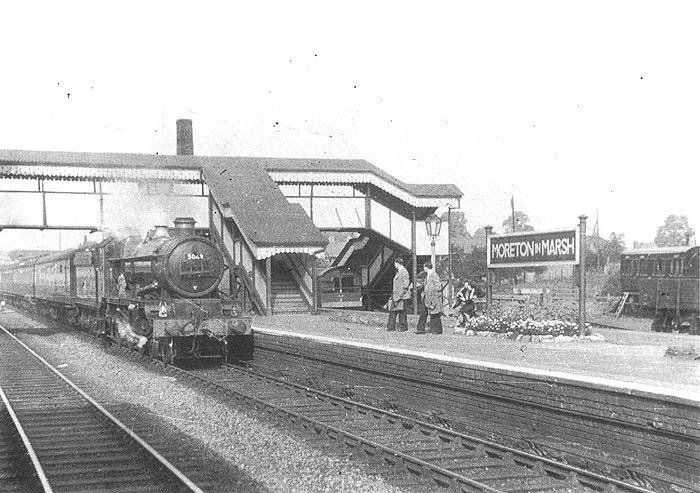There have been up
to 150 stations in Gloucestershire over the years but only a fraction of these
survive today. In the early 1800s Gloucester was a well-established port and
was a big pull for the industrial heartland of the Black Country. In 1840 the
Birmingham to Gloucester railway was completed and is one of the world's oldest
main line railways.
With Gloucester
thriving as a hub other lines centred on this major port. In 1845 the London to
Gloucester line was completed and by 1851 trains from South Wales were also
arriving at the docks. In 1844 a Brunel built line was added from Bristol
although this had a 7’ gauge and caused chaos at Gloucester station as freight
and passengers had to change trains to make onward journeys. This chaos hit the
national press in 1846 leading to a standard gauge of four foot eight and a
half inches being adopted nationwide.
The station at Stow
was part of the Banbury to Cheltenham line and opened in 1862 surviving for 100
years until it was closed by the British Transport Commission under Dr Beeching
in 1962. It was situated at the bottom of Stow Hill on the road to Burford
although nothing remains of the station today apart from some old postcards of
the buildings and platform.
After the war, business in Gloucestershire boomed with holidays in the Forest of Dean and coal being transported from the forest’s quarries.
Adelstrop station
(1853 to 1966), despite the station's demise, is better-known today than many
small stations still open as a result of the short poem by Edward Thomas,
written in 1914, which recounts the moment in June that year when the train on
which the poet was a passenger stopped at Adlestrop. Thomas' notebook show that
the stop was made at 12.45 which actually corresponds to a scheduled down
stopping service, not an unscheduled stop by an express train as described in
the poem.
Dr Beeching wasn’t
solely to blame for the disappearance of so many of our rail lines. His actions
were the result of pressure from MacMillan to cut spending and Earnest Marple,
the Transport Minister’s need to speed up mainline travel and cut small
stations to the Beeching report published in 1963.
One interesting fact is about when clocks were synchronised across the rail network. This was done in the mid-1880s when London time was adopted. Apparently, there was a 9 minute difference between clocks in Bristol and London making scheduling very difficult.





